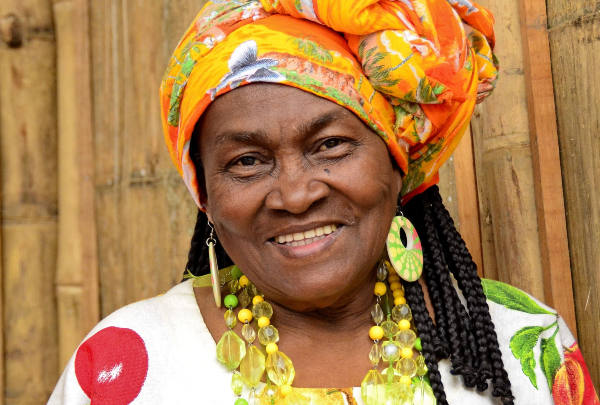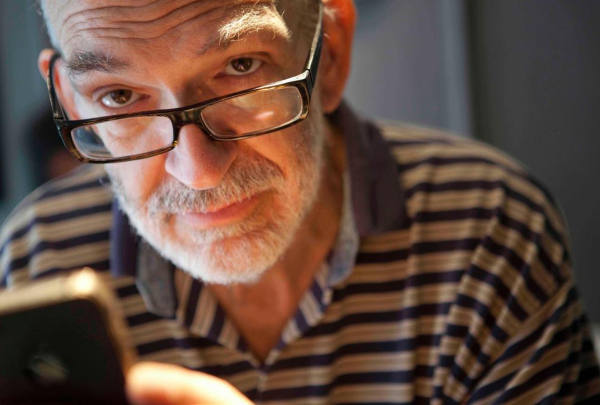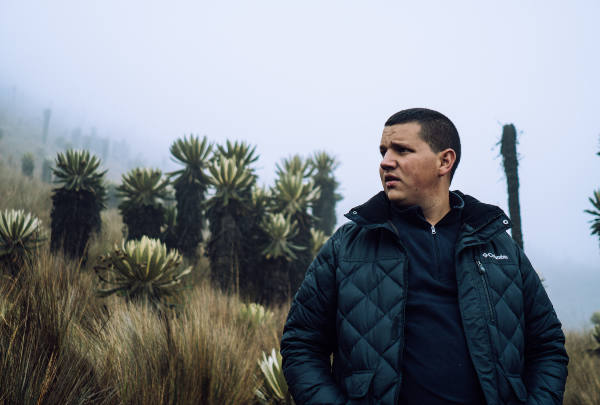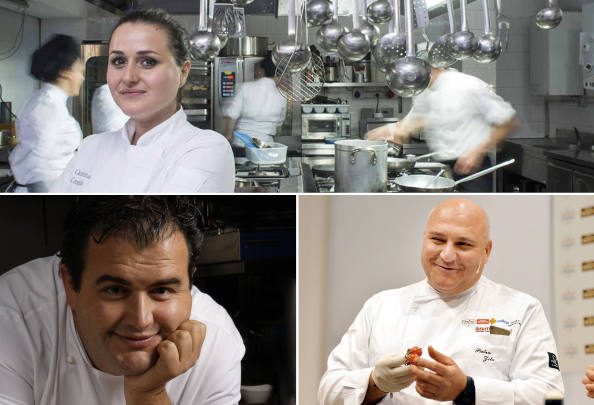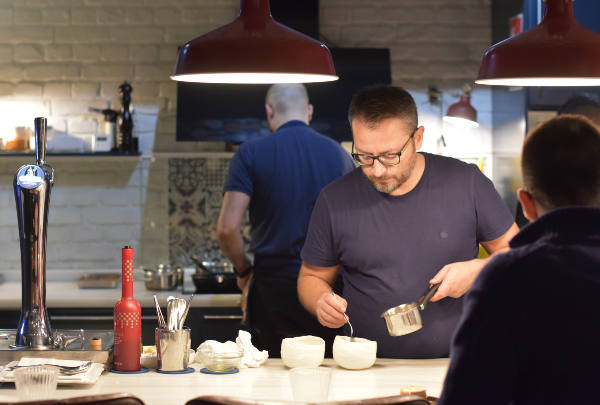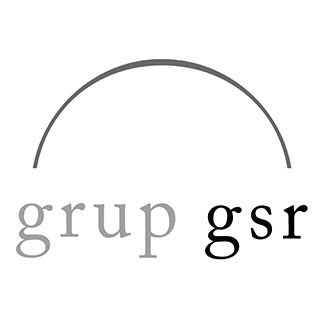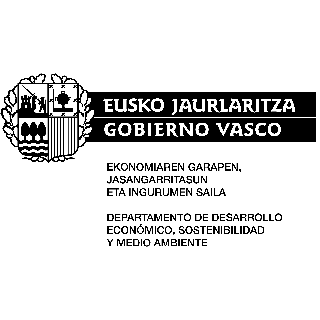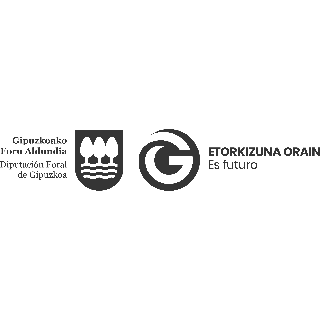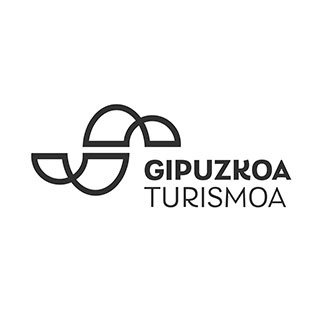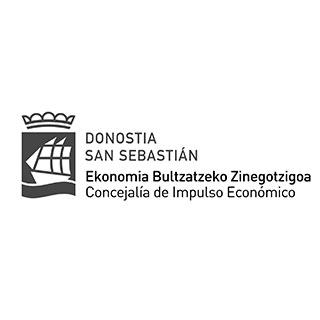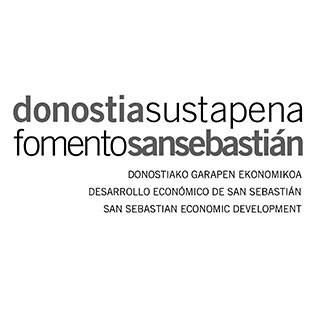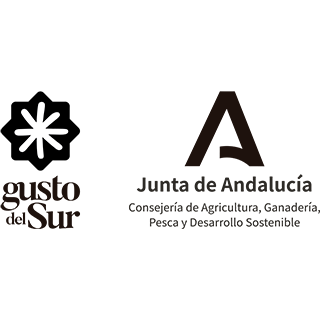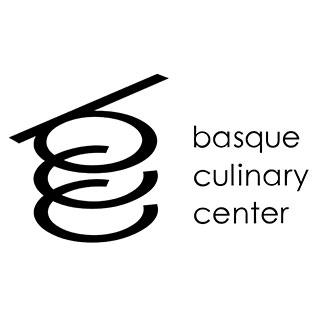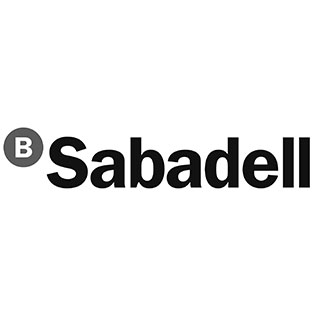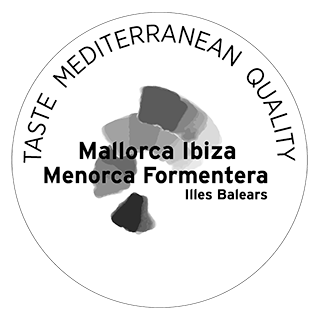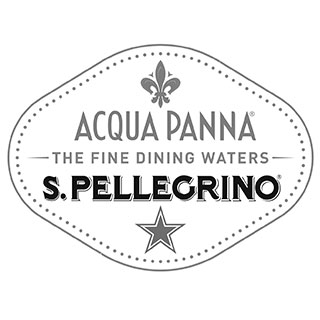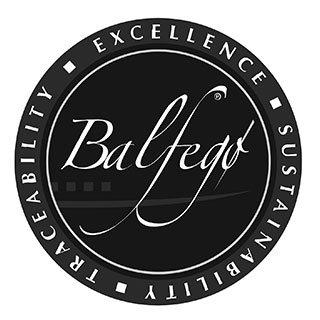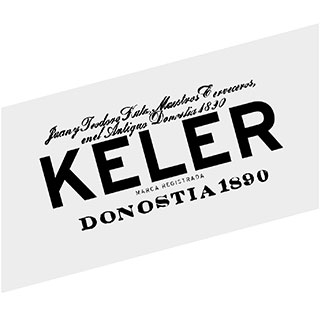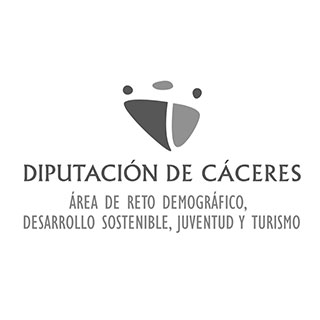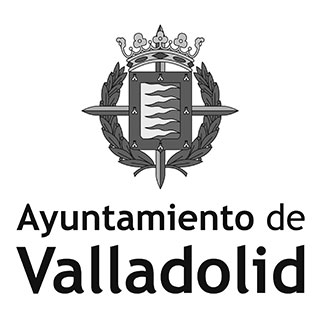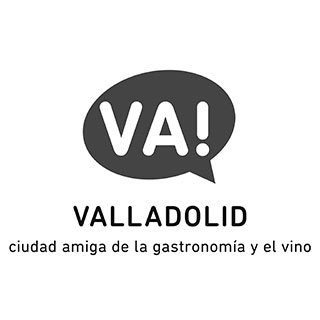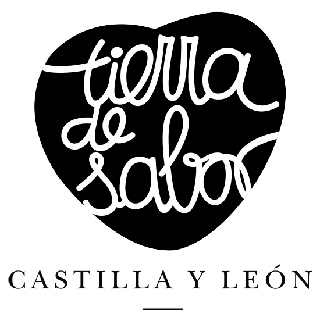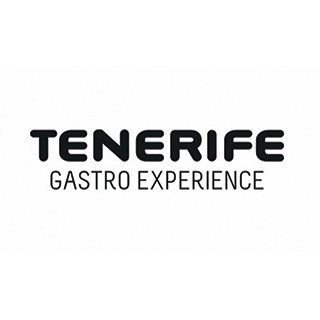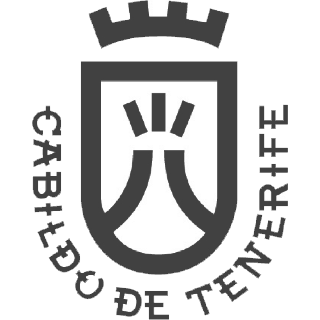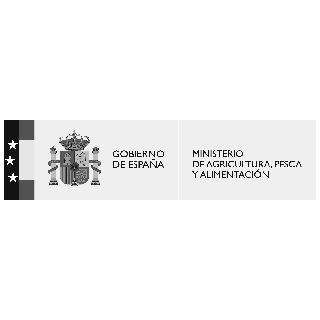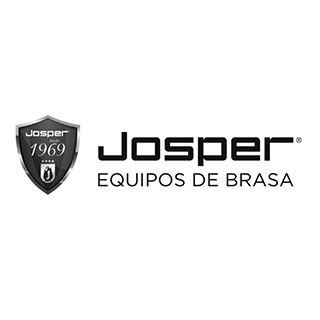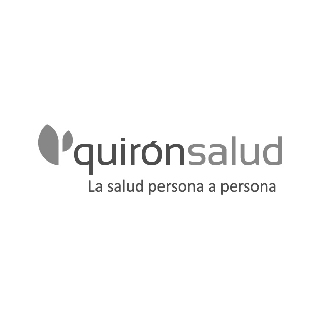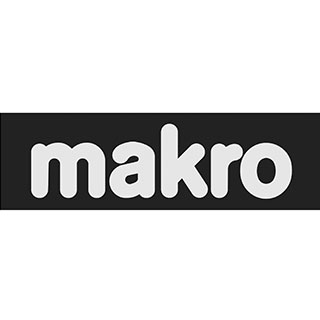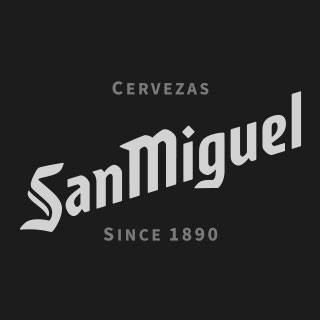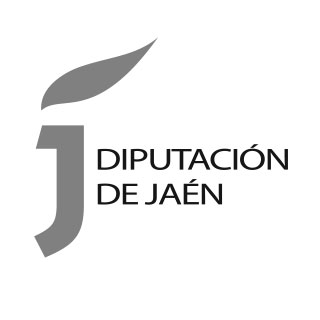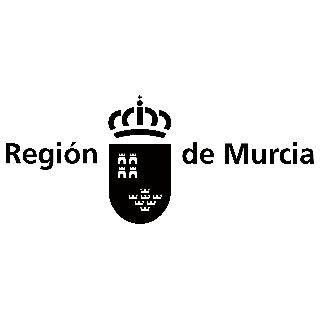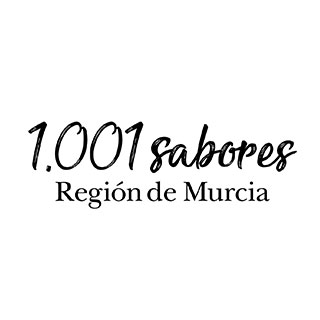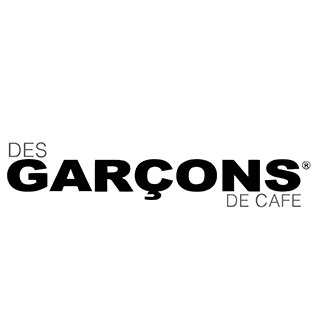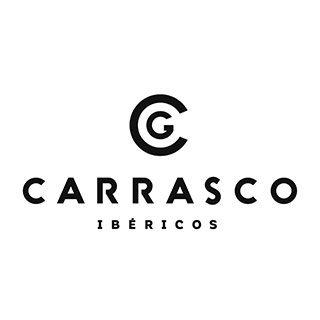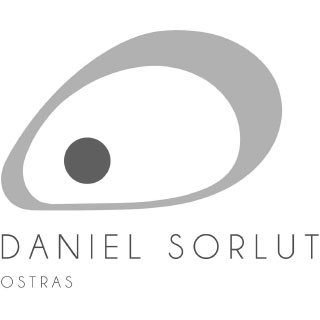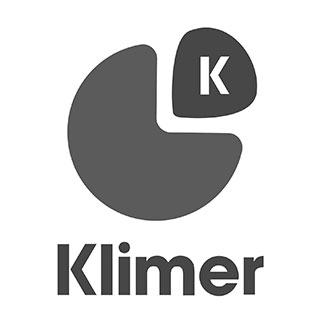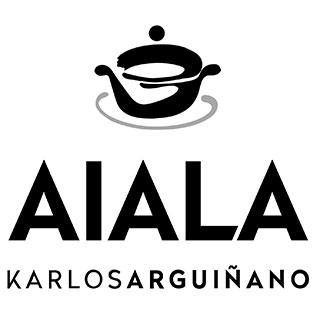Interview
Diego Schattenhofer: “We are currently involved in reviving native species that had been lost and in advances in the world of health”
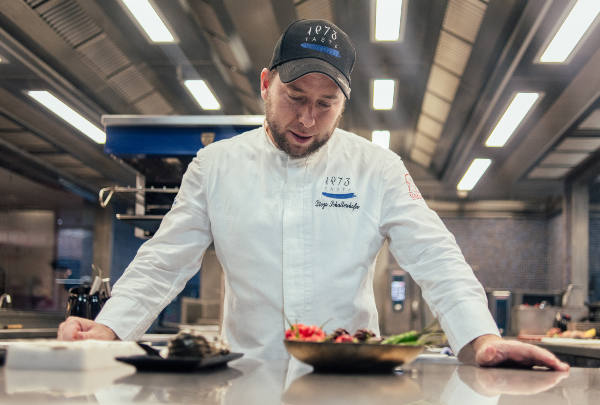
Diego Schattenhofer arrived in the Canary Islands from his homeland, Argentina, twenty years ago. He is the executive chef of the Hotel Villa Cortés in Arona (Tenerife) and head chef of his restaurant Taste 1973. He is involved in a number of projects (in 2011 he received the Best Technological Innovation Award for his 'Flying Tapas' and a commendation at the Flemish Primitives in Belgium). These projects include the revival of almost forgotten Canarian cookery products and dishes and a surprising and innovative research project related to Covid (supported by Arona Town Council and the Cabildo of Tenerife (Island Council of Tenerife). Details of this latest research will be given exclusively at the San Sebastian Gastronomika congress. This presentation looks promising...
Over the past few years, there has been a growing movement of chefs who have turned their attention to the landscape, their environment and the revival of products. This is the line of work that you are also developing in Tenerife. Could you tell us about this project?
In my case, I have been following this movement for about 5 years. I started working with psychologist Rayco José Suárez Marrero, who is from the island. We created a working synergy that began to bear fruit quickly. I have been working on it for years and was able to make it a reality in the Taste 1973 restaurant, which is in the Hotel Villa Cortés in Playa de Las Américas, Arona.
We are defenders of roots. We began to work and explore the island with new eyes: as historians, potters, goatherds, biologists, fishermen, farmers, volcanologists, local people, etc. years ago. It was very intense research and field work, always supported and backed by the Arona Town Council and the Cabildo of Tenerife, together with their leaders.
The result of that work was shown at Madrid Fusión 2019 with the backing of Arona Town Council. We presented a work where history met neuroscience, as several of our objectives were related to improving the culinary experience, rescuing forgotten products, traditions and customs from the history of the Canary Islands. We are still working on this scientific project, without forgetting the Canary Islands, the sea, their land and their customs and traditions. As a result of this continued work, the working group we started was created. It gradually expanded and today it has become Gastrosynapsis.
It would be unfair to talk about ourselves without naming the people who are behind the scientific part of this project. We would have to thank the Cabildo of Tenerife and Arona Town Council for having full confidence in us and for supporting us in all areas. Also the Spanish National Research Council (CSIC), the Spanish Oceanographic Institute (IEO), the Canarian Institute of Agricultural Research (ICIA) and many other institutions and companies that have made this project a reality.
What dishes or products have you managed to revive and incorporate into your restaurant's menu?
They include ‘gánigos’ (hand-moulded clay containers) and a spoon made of limpets; ‘ralera de gofio’ (Canarian flour made from roasted grains mixed with a liquid - milk, water, broth, wine) and ‘gofio vidrio’ (flour made from seeds or acorns); ‘borrallera’ (a process for roasting potatoes and sweet potatoes in the ground); a new way of treating ‘vieja’ (Mediterranean parrotfish); the first scientific study of the tabletop done in the world in Macaronesia by Pedro Pascual of the IEO; study on Canarian hens by Alexander Torres Krupij of the ICIA; the search for the aromas of aboriginal caves, water galleries, etc. together with José Manuel Pérez de La Lastra from IPNA-CSIC; the creation of the Canarian Map with the contribution of illustrators, Argelia Bello, and historians, Francisco Miguel Donate González, Carmen Rosa Pérez Barrios and ‘pintaderas’ (fired clay stamps) on plates, and our centrepiece which is represented by obsidian and ‘micro-gánigos’ micro-clay containers.
Since the gastronomic revolution in our country, the presence of professionals from outside - a priori - gastronomy is more and more common. Do you think that we have finally realised that cooking/gastronomy is a discipline that draws from many others?
I have been collaborating with professionals from other sectors for almost two decades now. In all disciplines, we also draw from other branches. For example, in our working group, we can see how the neurologist and the psychologist are able to work together so that the culinary experience lasts over time at the table, or when the historian gives us information about the food that the “guanches” ate, or when the chemical engineer talks about the behaviour of the “Canarian hen” and its peculiarities, or the marine biologist shows us how the species reproduce and when they should be caught, and a very interesting study about the study of the “otoliths” and “gonads”, and how interesting it is to understand and comprehend. Because that part of accumulating knowledge is essential for creativity and for creating these dishes that I want to showcase in the restaurant.
We have already seen that, in your case, these types of professionals (scientists, historians, anthropologists...) play an important role in your cooking. What do they each do?
Each professional plays a very important role:
Professor of neuropsychology: information and years of experience that help us to understand how the human mind works and the connection with diners through the kitchen and interaction with them.
Neurologist: human experience in the field of medicine. Theoretical knowledge and tools to work on the memory and sensations evoked by dishes and the atmosphere created at Taste 1973.
Doctor of biochemistry: the opportunity to understand aromas, the importance of animal immunisation and how to introduce it into dishes. All chemical questions related to gastronomy, from the fact that it is a hydrolysed starch to basic aspects of chemistry.
Psychologist: helps me to focus my ideas, to open up paths, etc. He is also in charge of coordinating the working group.
Marine biologist: thanks to him, we have learned to value our sea much more and understand it better, to get more out of it and understand that the most important thing about islands is the sea around them.
The extensive knowledge of our engineers on subjects such as mathematics, chemistry, physics and biology allows them to work on transforming raw materials into products of great value for gastronomy.
One of their latest research projects is said to be not only innovative, but also very much in line with the health situation we are experiencing. Could you give us a sneak preview?
We know that the entire scientific world is searching for the much-awaited vaccine for this pandemic. While the people responsible for our care have been looking for this solution, we have been investigating the implementation of functional foods, among other things.
We also know that patients who have had this virus are now suffering some negative neurological effects, which we have started to investigate through aromas, as we mentioned last year on this stage.
Since 2007, you have been part of Astrochefs, together with engineers Bertrand Lefort and Javier Pancorbo and astrophysicist Hervé Bouy. What does it involve? Is it still active? What kind of projects and research have you undertaken? What discoveries have you made?
Every member of the Astrochefs group has become more specialised in their work, and we have not had the chance to carry out any other project together, but we do keep in touch on a
weekly basis. In our case, in the Gastrosynapse group, they have contributed their views and recommendations in order to get the views of these great scientists.
With Astrochefs, we have been able to collaborate in projects such as the European NASA project and feeding astronauts and with Heston Blumenthal, providing Flying Tapas during his show, Heston’s Feasts, on Channel 4.
There have also been projects that have not come to fruition due to financial constraints, such as the ambitious "levitating bar", a smart thermometer and saponin balloons filled with helium.
Given the circumstances, I cannot not ask the question: How are you dealing with the Covid-19 situation?
It is not a pleasant situation that we are experiencing. The safety measures have taken us away from the life that we were leading and from the passion that we brought to it. For many, it has been a long break. For me, it has given me time to deal with other “culinary concerns” that I had unresolved and which (many of them) I have been able to resolve.
Due to a lack of time, I always had to help restaurants in the south of the island, entrepreneurs and chefs whose interest lies in improving the kitchen. This pandemic gave me that opportunity, in a disinterested way, through the project “New market demands during and after Covid”. I visited a few establishments that were interested and we talked at length about what we like best: cuisine. For the most part, we found common paths that improved what was on offer.
Some of the chefs pointed out that this situation will sweep away culinary posturing, reclaim what is really important and show a new path in gastronomy. What do you think? Will the next revolution in the restaurant industry come about as a result of Covid?
Times of crisis have allowed us to regenerate and innovate. I can't say whether Covid will bring this about, but I do believe that Covid is helping chefs grow as part of a trade and the science of gastronomy, which needs to be reinvented.
.jpg)
